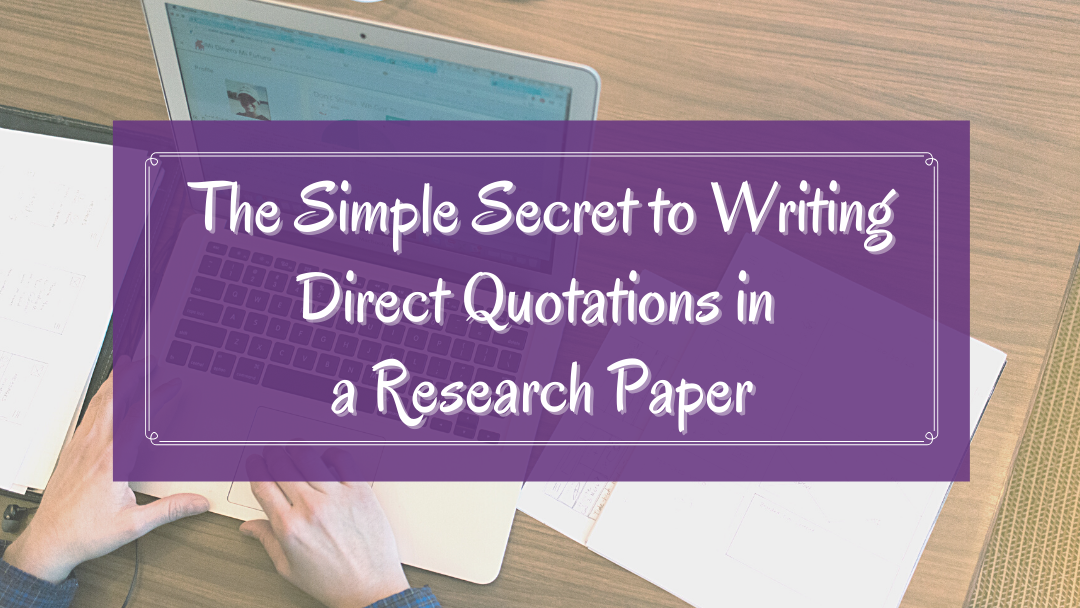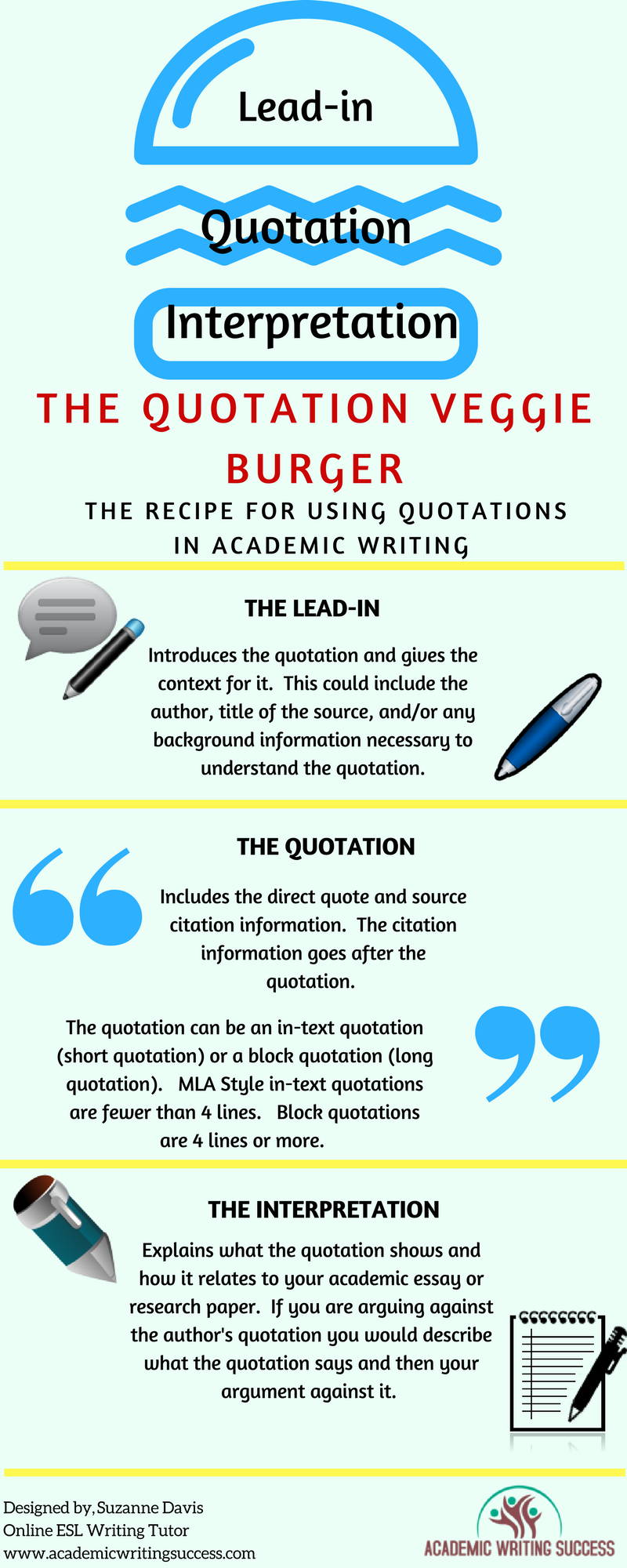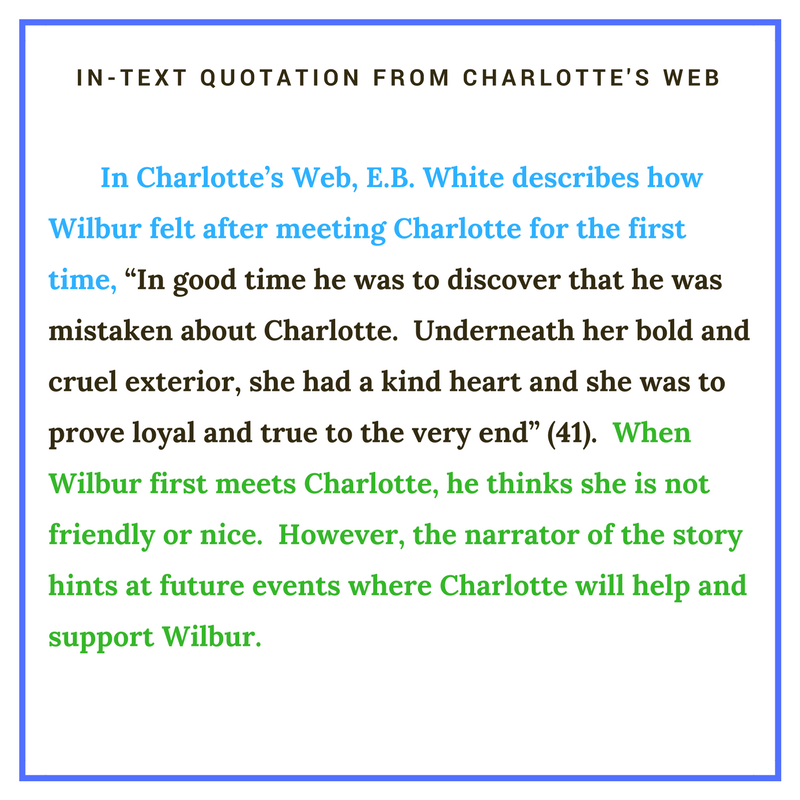

Direct quotations help your academic writing because they support and emphasize specific points in your essay or research paper. They can be eloquent, powerful, and memorable. They are an important tool in any academic writer’s toolbox.
However, the different rules and guidelines for using quotes can be confusing. When do you quote? How much should you rely on quotes and when are you using too many? What is the difference between citing quotations in APA and MLA?
There are some simple tips on how to use direct quotations in your essays and papers. You just need to understand the mistakes some writers have made and see how to do use quotes effectively.
There are 2 common pitfalls students fall into when using quotations in their academic writing:
These are both easy problems to solve. And by the end of this post, you’ll be able to fix them on your own.
Your professors want to know your ideas about the topic of your paper. If you use quotations to state facts that could be paraphrased or summarized, then your professors will think you are “filling up space” in your paper. They will feel you don’t have your own ideas. Or even worse, they will assume you don’t understand your topic and evidence.
You need to be selective with the quotations you use in your academic writing.
So how do you decide when to include a quotation in your paper? There are four questions that will help guide you. If you can answer yes to any of these questions then try including the quotation in your academic paper.
Can you answer yes to any of the questions? If not, try paraphrasing or summarizing the original quotation. See if your paraphrase or summary gives the same valuable information that’s in the original one.
Professors want to read your ideas about what you’ve studied. So, let them read your words, and use other people’s words to emphasize your ideas.
Your quotations must prove or demonstrate something in your paper. Show your reader how the quotation relates to your ideas. You can do this by making The Quotation Veggie Burger (yes, I’m vegetarian).

The Quotation Veggie Burger is made up of three parts: 1) the lead-in, t2) the quotation, and 3) the interpretation.
1) The top roll is the lead-in: Introduce the context of the quotation. This could include the title of the source, the author’s name, and/ or background information.
2) The veggie burger is the quotation: Include the direct quote with the in-text citation.
3) The bottom roll is the interpretation: Explain the importance of the quotation and how it connects to your point.

This in-text quotation from the book Charlotte’s Web includes all the ingredients that make up a quotation veggie burger. The lead-in is in blue. It is the first part of the sentence where the quotation begins. Here, I included the book’s name, Charlotte’s Web, and the author’s name, E.B. White, and I described the background situation of the quotation where Wilbur meets Charlotte for the first time.
The quotation is in black print. It begins at the end of the first sentence. The quote has double quotation marks. The in-text citation is in parenthesis and it includes the page number of the quote.
The interpretation is in green. This is where I explain what the quotation shows and how it relates to my paper.
The example above uses the Modern Language Association (MLA) Style citation.
If you write an in-text quotation in MLA Style follow these guidelines:
Long quotations are also called block quotations. A quotation becomes a block quotation if it is more than 4 lines. The format between in-text and block quotations is different, but The Quotation Veggie Burger works for both types. This block quotation from Charlotte’s Web uses The Quotation Veggie Burger.

The blue sentence is the lead-in, and this sets up the quotation. I describe the situation in which Wilbur is looking at the web.
The quotation is in black print. It is indented and there are no quotation marks. There is a reference at the end of the quotation.
The interpretation is in green print. Here, I explained how Wilbur hopes Charlotte’s web will impress the people at the fair so that Mr. Zuckerman decides to let him live.
If you are writing a block quotation in MLA style follow these format guidelines:

You can use The Quotation Veggie Burger with MLA style, APA style, etc. The key components of what to include when using quotations in academic writing are the same. The differences are in the citations. I’ve included a chart to show the differences between MLA and APA styles.
What you need to remember about using quotations in academic writing is don’t overdo it with too many and make sure you connect your quotations to the ideas in your paper.
Do these two things and the quotations in your academic essays will impress teachers and professors.
Want to know more about writing a great research paper? Check out my blog post, ” How to Write a Research Paper Professors Will Love” at https://www.academicwritingsuccess.com/how-to-write-a-research-paper/
Write a great research paper with the free guide, How to Write a Research Paper That Will Blow Your Professor’s Mind.